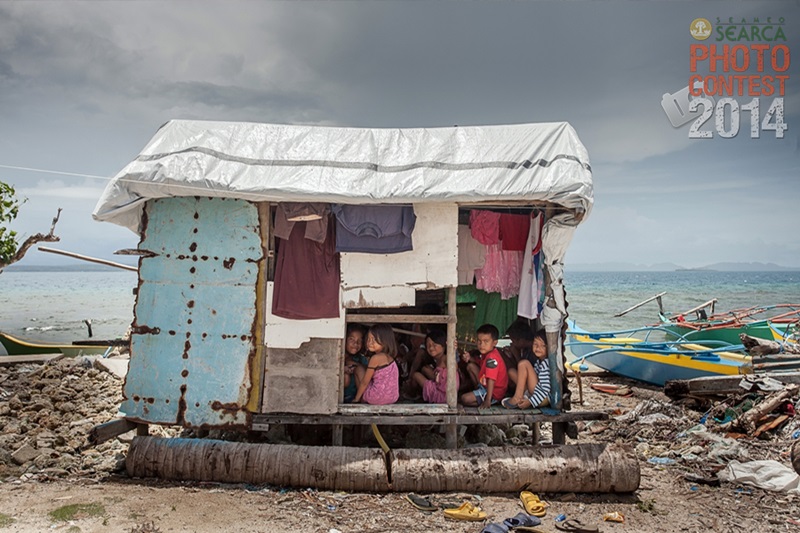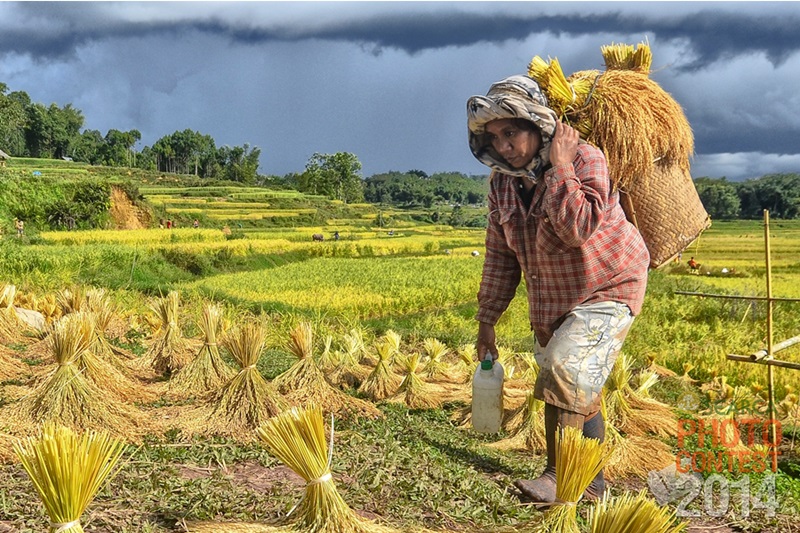The millions of people in Southeast Asia who depend on agriculture are among the hardest hit by the consequences of climate change, which are increasingly devastating and far-reaching. At the same time, these people are also the ones for whom climate change resilience is most essential and critical. This year’s photo contest highlights how vulnerable Southeast Asian agricultural communities are to climate change or what these communities are doing to respond to the challenges of climate change.
The Southeast Asian Regional Center for Graduate Study and Research in Agriculture (SEARCA) is pleased to announce the winners and finalists of its annual photo contest with the theme "Climate Change and Agriculture in Southeast Asia: Faces of Vulnerability and Resilience."
First Prize
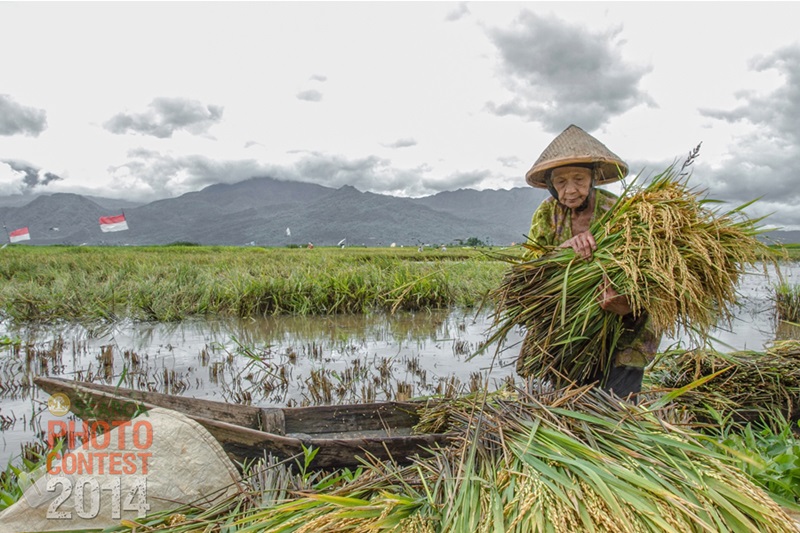
Kholimah is a 75-year old farmer in Bawen village harvesting her ricefield using a boat because of flooding due to climate change.
Aji Styawan (Indonesia)
Second Prize
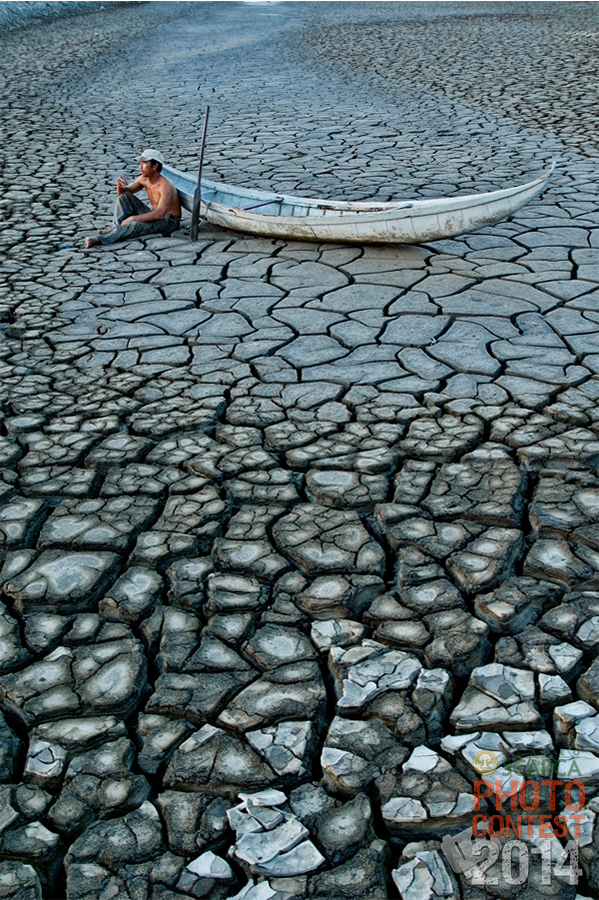
Vietnam is a country in Southeast Asia with very frequent droughts
Truong Huu Hung (Vietnam)
Third Prize
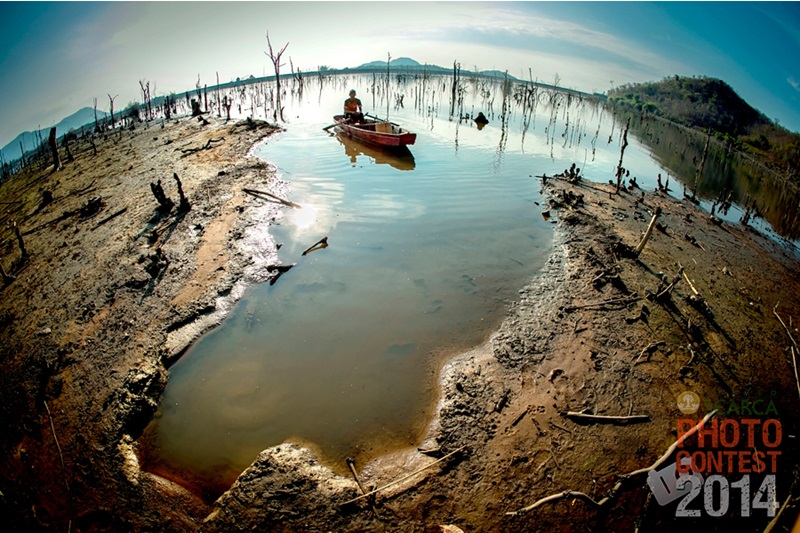
PhẠm VĂn ThÀnh (Vietnam)
People's Choice Award
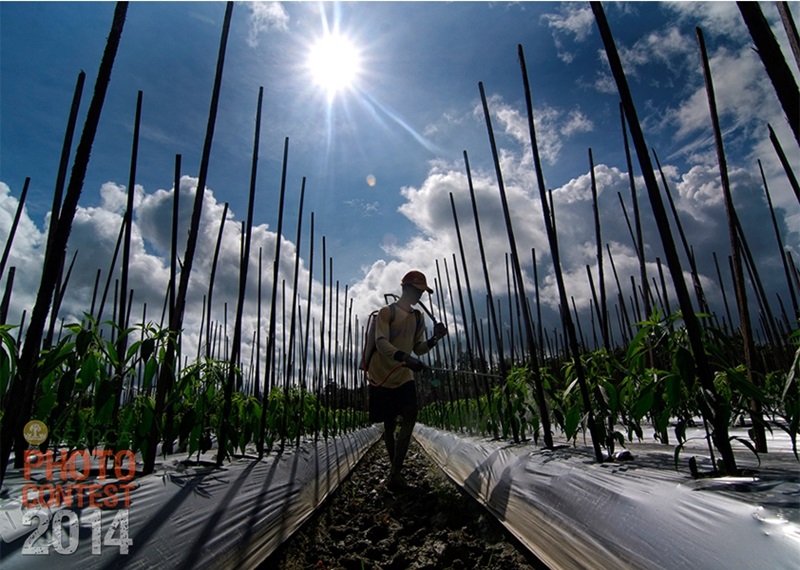
During the rainy season in Sliding District, West Papua, farmers grow chili in their fields previously planted to paddy.
Farmers cover the land using plastic to prevent the soil from drying out fast.
Muammar Ramadhan (Indonesia)
Finalist
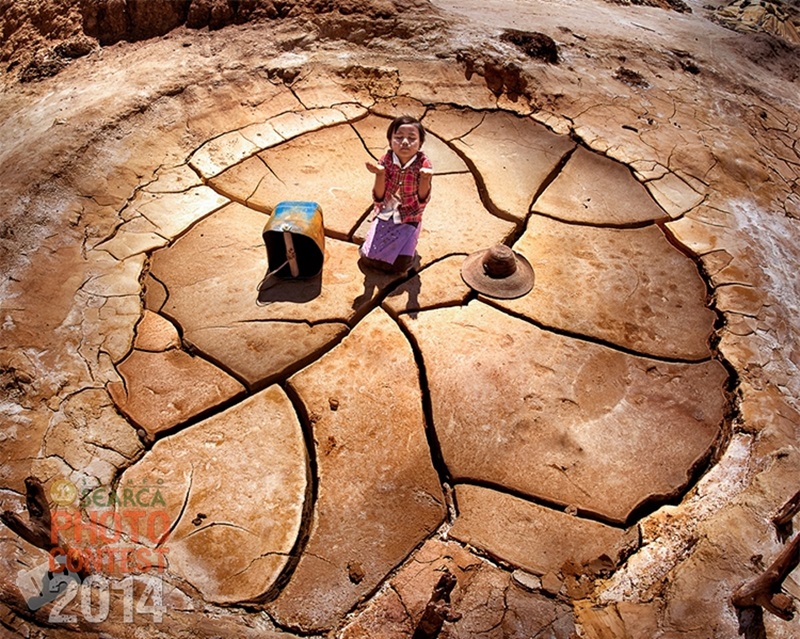
In Latpadaung hill, which is located in middle of Myanmar, there is a copper mining project from China.
There are no forests in that area and the area has become hotter and hotter. The child prays for rain to flow to the ground.
Naing Tun Latt (Myanmar)
Finalist

Some 34 million coconut trees in Eastern Samar and Leyte provinces in the Philippines
were destroyed by Super Typhoon Yolanda (international name Haiyan).
J Revoli Samson Cortez (Philippines)
Finalist
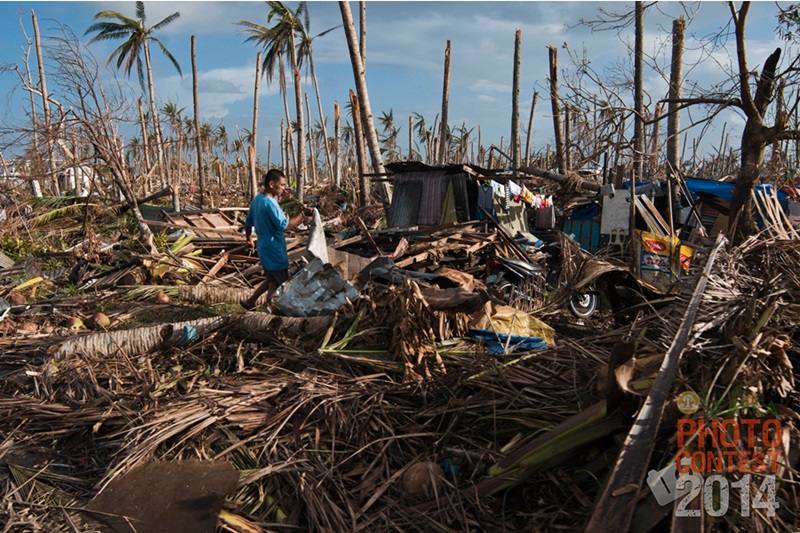
A coco farmer continues to clean his place a week after Super Typhoon Haiyan struck;
destroying his house and leaving his livelihood uncertain.
Victor Diaz Kintanar (Philippines)
Finalist
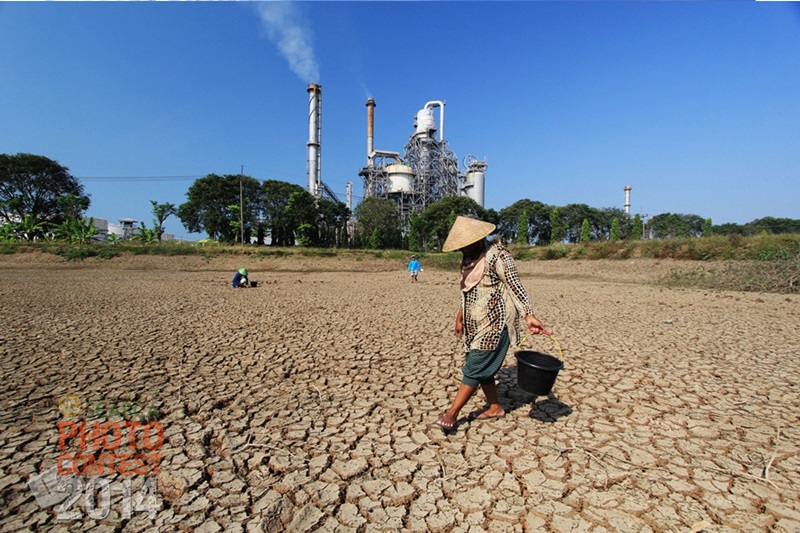
Residents looking for water in a dry lake
Dedi Suwidiantoro (Indonesia)
Finalist
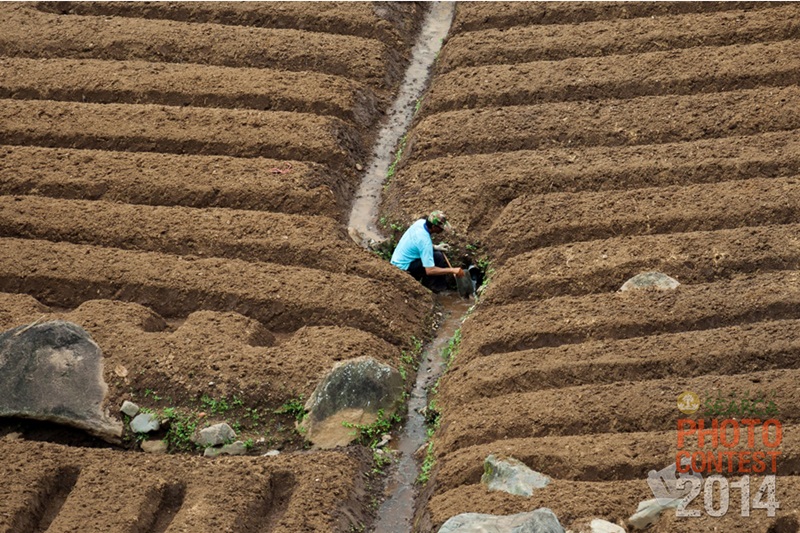
Farmers need irrigation for their farms.
Water is a major factor in the success of agriculture and in the management of climate change.
Muhammad Iqbal (Indonesia)
Finalist
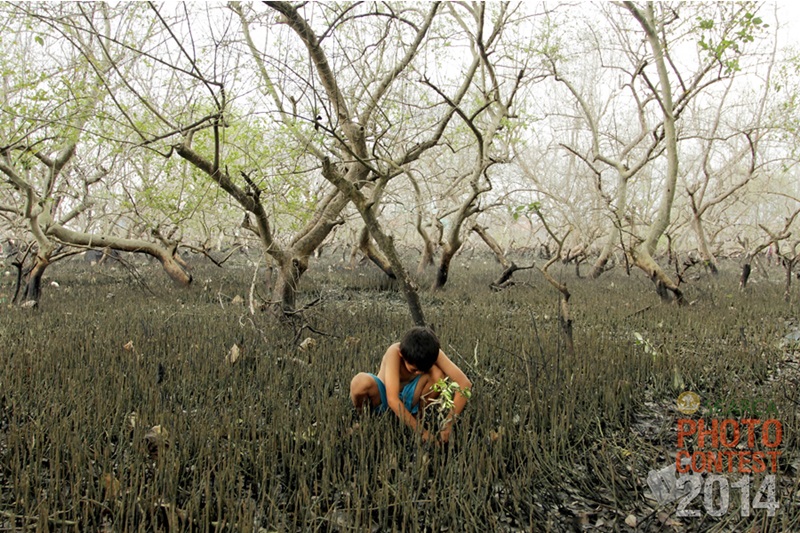
A child plants a mangrove in his village in Makassar, South Sulawesi, Indonesia,
and hopes that the plant could be useful for him and his family.
Masyudi Firmansyah (Indonesia)
Finalist
These children are survivors of Super Typhoon Yolanda (Haiyan).
Froi Rivera (Philippines)
Finalist
A mother of three children works as a laborer to support her family after her husband's death.
She earns USD 5/day but works hard due to continuously rising food prices.
Nur Chakra Tamzari Tamrin (Indonesia)
Finalist

The Bakhawan Eco-Park is a 220-hectare mangrove forest located in New Buswang, Kalibo, Aklan, Philippines.
It was created in 1990 when local government and several non-government organizations
transformed the muddy shoreline into a reforestation project.
Danilo O. Victoriano Jr. (Philippines)
Finalist
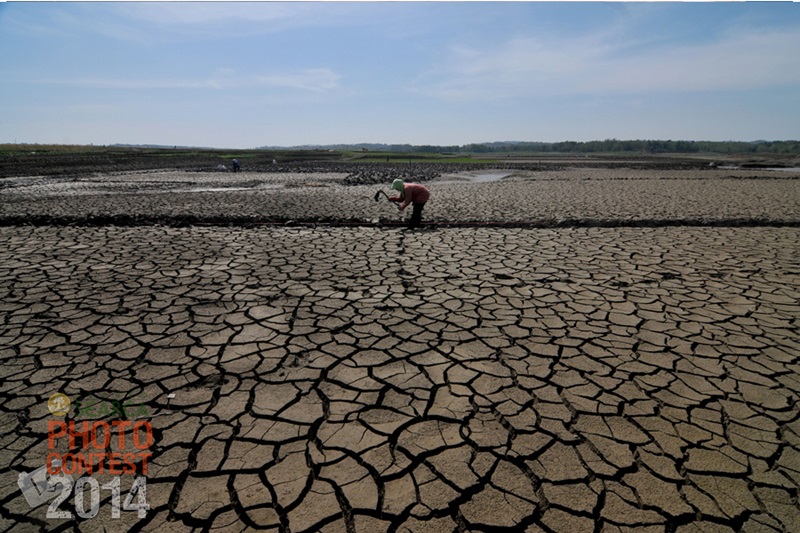
A farmer plants corn during a drought in Boyolali, Central Java.
The 2014 drought is potentially drier and longer than the previous years.
Agoes Rudianto (Indonesia)
Finalist

The Ang Khang Royal Project was established for farmers' career development
through production of vegetables, flowers, fruits, and vegetable drinks. It later expanded to handicrafts.
Hansa Tangmanpoowadol (Thailand)
Finalist
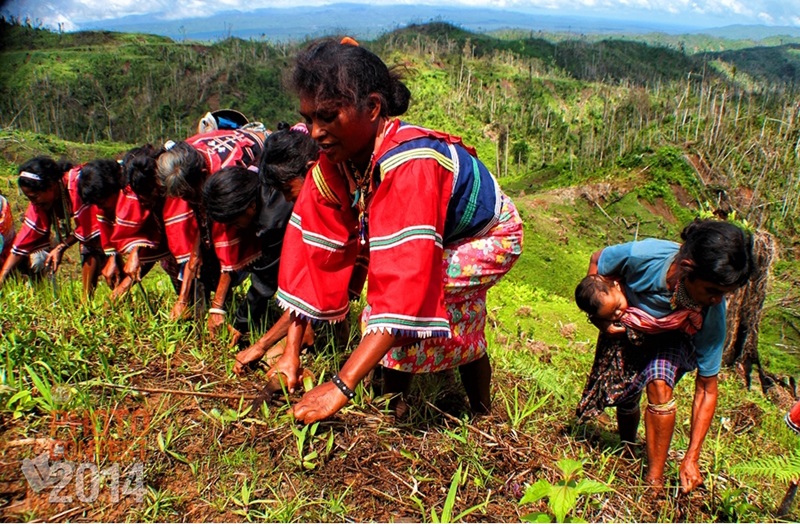
Elderly indigenous women from the Matigsalog tribe of Brgy. Mangayon, Compostela Valley Province,
collectively plant upland rice and other root crops for their community showing their resillience
and endurance to withstand calamity two months after Typhoon Pablo struck.
Ace R. Morandante (Philippines)
